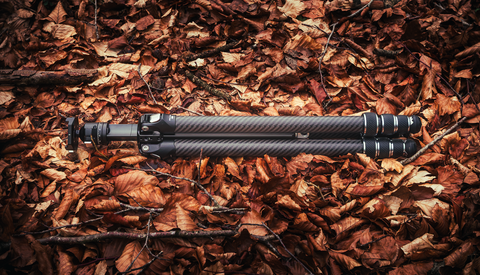A Photographer’s Safety Net: We Review Stellar Photo Recovery 12
As a photographer, your photo library is one of the most important things to keep safe and backed up. Of course, you can have backups on multiple drives, cloud storage, and servers, but hardware can still fail. The risk is exceptionally high during or after a shoot, between the time you take the SD card out of the camera and plug it into your card reader. The last thing you want to see is a drive read error, but it happens. Luckily, there's an easy solution.




















